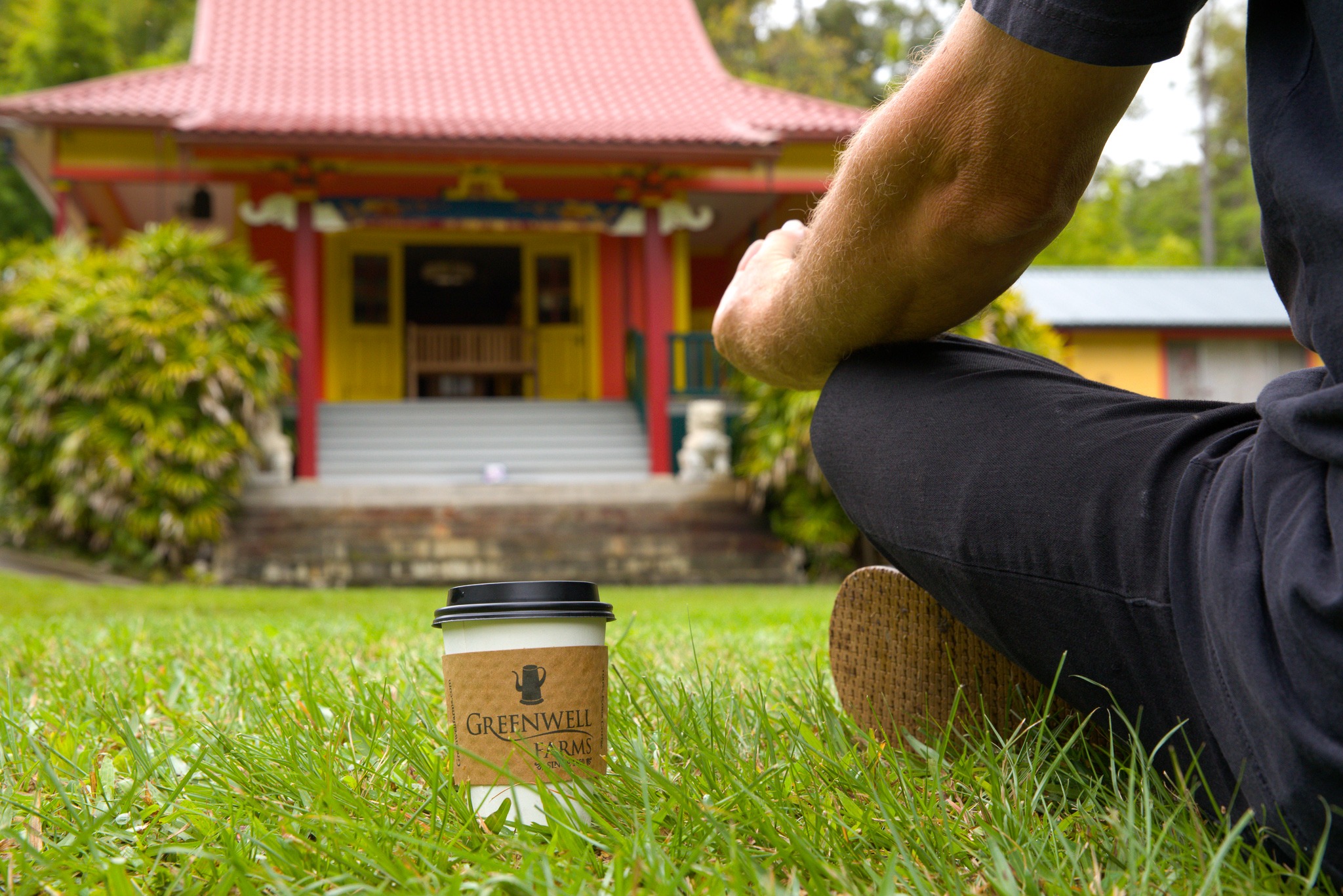What Cream And Sugar Does To Coffee
While I have learned to enjoy black coffee tremendously and have discovered that the better-quality coffees of the world lend themselves well to being consumed black, I still like lattes, café au laits, and cortados. When I first met coffee as a child, the goal was to create “candy in a cup” and cream and sugar were the only reason we drank coffee.
Now with endless options for additions to coffee, we thought it would be interesting to share some of the science and epicurean perspectives on adding cream and/or sugar to your coffee.
But First, Chocolate…
Let us start, however, with a short story about chocolate. Cacao, which is known to have been used by the Olmecs, the Mayans, and the Aztecs was primarily used as a ceremonial drink and for its medicinal properties. Thought to be native to Mesoamerica, there is currently fervent debate by botanical historians who point to a more likely origin in the Amazon.
Spaniards who tried the drink in the early 1500s described it as bitter, sludgy, sometimes spicy, and occasionally laced with blood or hallucinogens.
During the 1520s as Spain began to settle parts of modern-day Mexico, many of the Spanish would take Aztec wives who introduced them to many foods they were not used to eating. The Spanish also introduced new crops including oranges, pears, wheat, and sugarcane.
The latter would change cacao forever. The sweetened cacao bean was now much more palatable to the Spanish who begin to acquire a taste for it, and we see cacao begin to be exported to Spain.
By the late 1500s, crushed and heated cacao beans mixed with sugar, which were cooled and thinned with milk, became the favorite drink of the Spanish monarchy. This in turn caused a sensation across the aristocracy of Europe.
Chocolate was here to stay, but it was cream and sugar which brought it to the mainstream.
Coffee with Cream & Sugar
Coffee historically shares a similar progression of being consumed black with the grounds in the cup, to being softened with sugar, and then when it made its way to Vienna, mellowed with warm milk.
This would evolve into a host of coffee drinks that play with the ratios of milk, temperatures, textures, and sweeteners that comprise today’s café menus.
The ability to customize a cup of coffee to your personal taste and health requirements is certainly part of its popularity.
Let us now share a little inside information on what cream and sugar actually do in a cup of coffee. These are in no way intended to be recommendations for how to drink your coffee, just the facts.
Also Read: 10 Next Level Coffee Facts To Wow Your Barista
Milk / Cream / Fat
One of milk’s biggest features is in adding texture to coffee. Because coffee is 99% water, black coffee has a watery consistency. Heavy cream and whole milk as well as milk steamed into foam can give coffee thicker viscosity, a velvetier feel, and a creamy mouthfeel.
Adding hot milk to your coffee will keep it hotter longer as the change in viscosity slows down the evaporation curve. Coffee will stay hotter up to 20% longer.
Fats in food are known to isolate and concentrate flavors and cause them to linger longer. Can you smell the cooked bacon in the room an hour after breakfast? Thank the fat. In coffee, we are not talking about intensifying flavors, but the fats will isolate certain flavors and to our perception, that means tasting better. After swallowing your sip of coffee, the residue of the fats will create a pleasant lingering on the palette.
Dietary fats slow down the absorption of food chemicals into the bloodstream. This means in coffee that you are slowing down the release of the caffeine, which means it will be with you longer. This same slow absorption also means no sharp insulin spikes and gives you more sustained and prolonged energy.
For most people adding fat to coffee means cream or milk, but for many, it is MCT oil, grass-fed butter, coconut oil, etc. and these can add some nutrients to your coffee including vitamins K, E, D, and calcium.
If you are trying to reduce the number of cups of coffee you consume per day, the choice of cream in your coffee will leave you feeling fuller and more sated after one cup.
Artificial creamers, the kind that are shelf-stable and don’t need to be refrigerated use chemical preservatives, most commonly sodium phosphate. Although the FDA considers sodium phosphate to be “generally recognized as safe” it has also made many lists of things you should avoid.
Sugar
Because coffee is a fruit, it naturally contains sugars and lipids. So coffee, although most commonly thought of as bitter, actually has a lot of natural sweetness. As you roast coffee, the difference between a light roast and a dark roast has a lot to do with how the sugars natural to the bean caramelize. Generally speaking, light roasts are thought to have a more natural sweetness and darker roasts reveal bitterness (in the way that burnt sugar under flan does).
For many, adding a bit of sugar to coffee highlights its natural sweet notes.
Sugar softens bitter. Refer back to our story about cacao. If you have ever had bakers’ chocolate or raw cacao, you know there is an intense bitter note. Sugar, honey, maple, and other sweeteners are known to soften that bitterness on our palettes and let us focus on other flavors. It doesn’t just mask bitterness, an actual chemical change occurs.
Coffee experts suggest that most people add sugar to coffee as a habit and don’t consider the amount as a ratio of the cup. Start with less sugar, sip, and add a little more if needed, but the goal is to taste the natural flavors of the coffee without turning it into a dessert.
Milk and sugar in combination can create a completely different experience. If you have ever dropped a scoop of vanilla ice cream into your cup of coffee, you know that it can be delicious, but you wouldn’t really be able to describe that experience as “coffee.”
Sugar makes acidity more pleasant. Think of lemonade. Many coffee pros look for bright and crisp acidity (try our Medium Roast Kona coffee if you like this) in their coffee but for many others, acidity equals sour. Sugar will have the effect of making that sour note much more accessible.
All sweeteners are not created equal. Several studies that compare the taste of white cane sugar, brown sugar, turbinado, stevia, maple syrup, condensed milk, honey, muscovado, and other sweeteners reveal a wide array of taste changes when used with the same underlying coffee.
Depending on your body type, sugar in coffee can have the negative effect of spiking insulin and can cause inflammation, weight gain, and brain fog.
Consider what you are eating with your coffee. If you are drinking a cup of coffee at your desk in the late afternoon and a little sweetener seems like it will make the day finish better, go for it. If you are having coffee with cake or doughnuts, consider forgoing the sugar in the cup and getting the sweetness from the food.
Remembering that coffee is a preference and customizable to your individual likes and needs, please take today’s information as things to know and consider in the broader perspective of consuming coffee. In the meantime, enjoy your daily cup!

Matt Carter is a retired teacher (1989-2018), part-time musician, farmer, and currently manages Greenwell Farm’s Tour and Retail Store Operations.







This is a fascinating article. I learned alot. No wonder I love Affigato…..
Thank you, Mr. Carter, for this succinct and understandable article providing me an understanding of the relationships between the coffee bean, sugar and milk, that I can use to better describe to others why I use sugar and milk in my coffee. I always felt there was a reason for my liking this combination, and you have defined it.
Thank you, useful information!
I have read some good stuff here
Very insightful article on coffee. Thank you